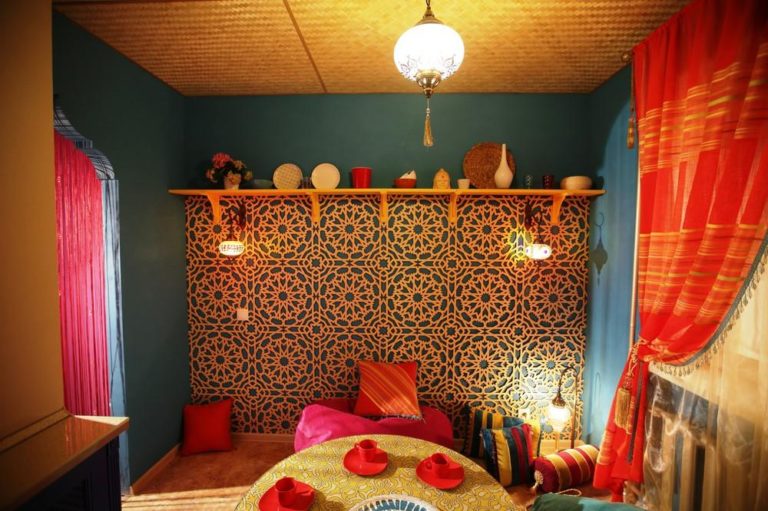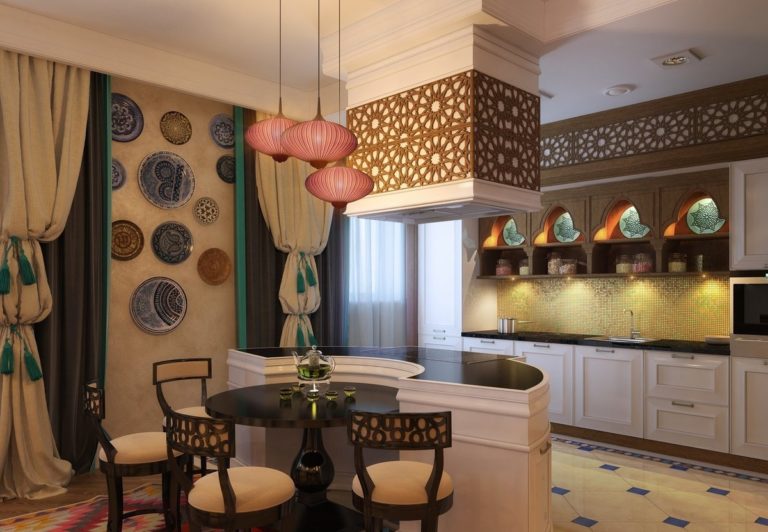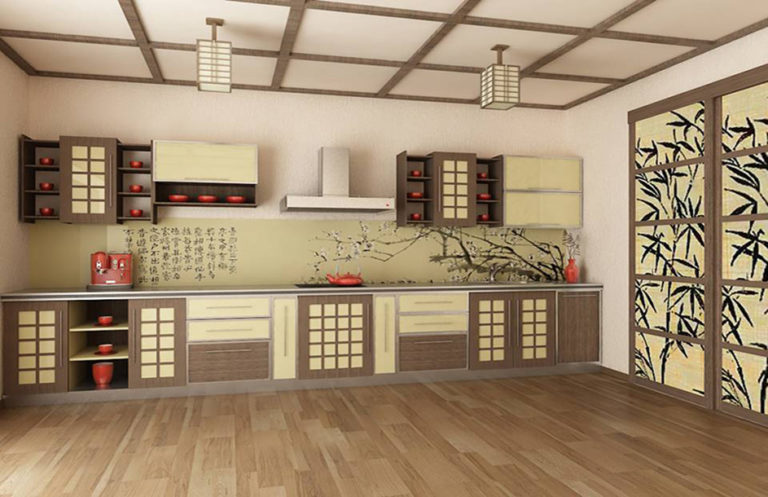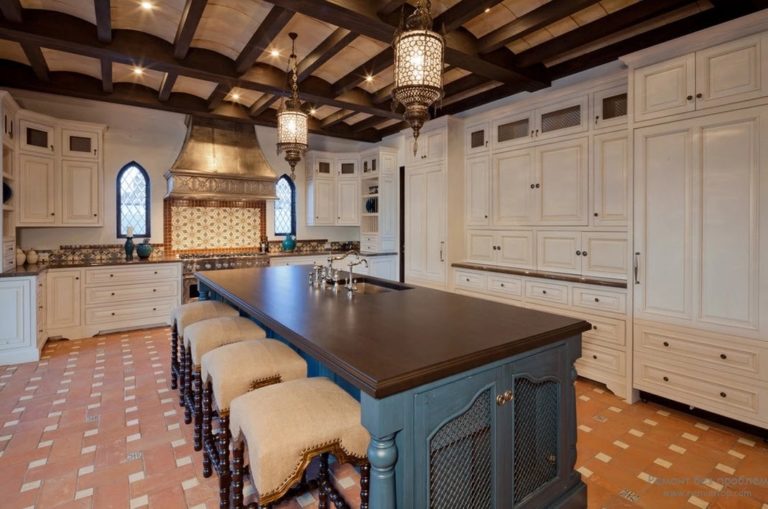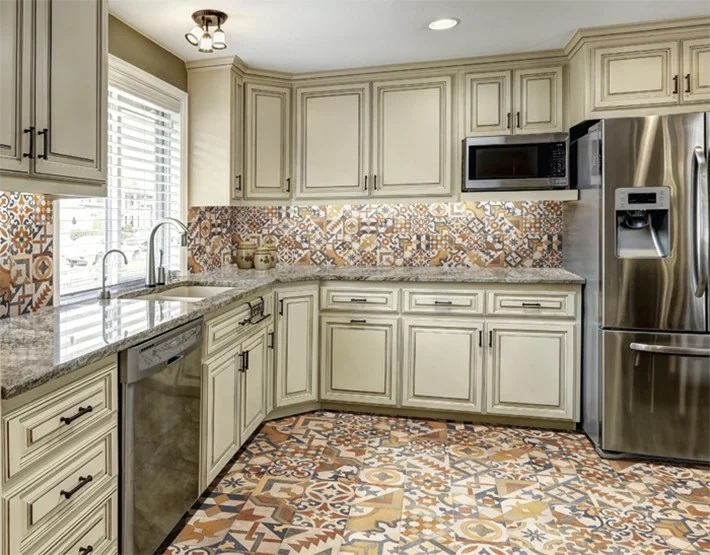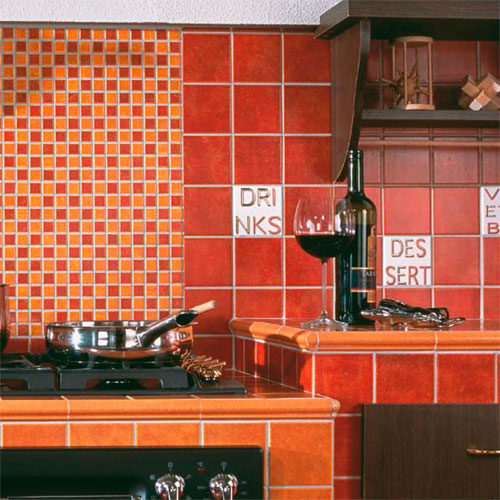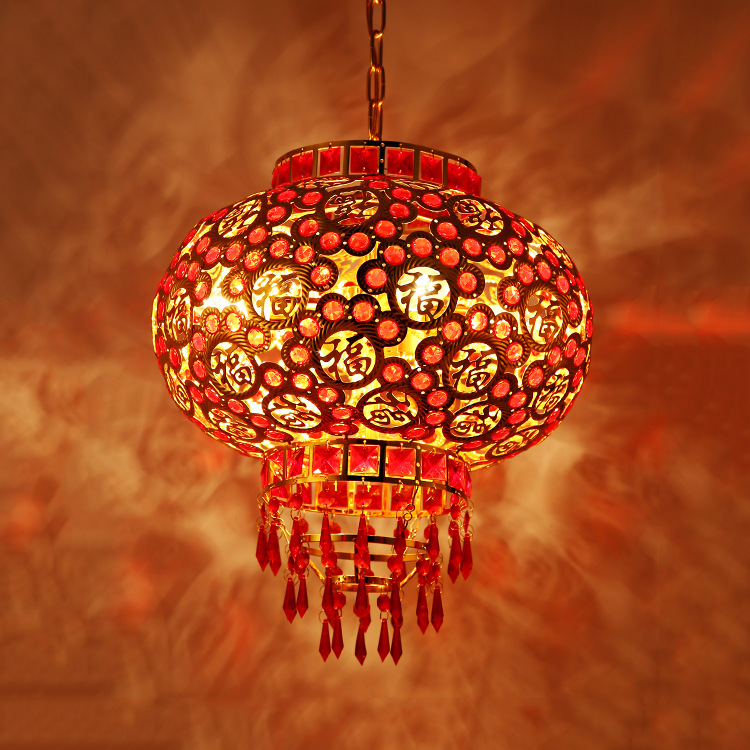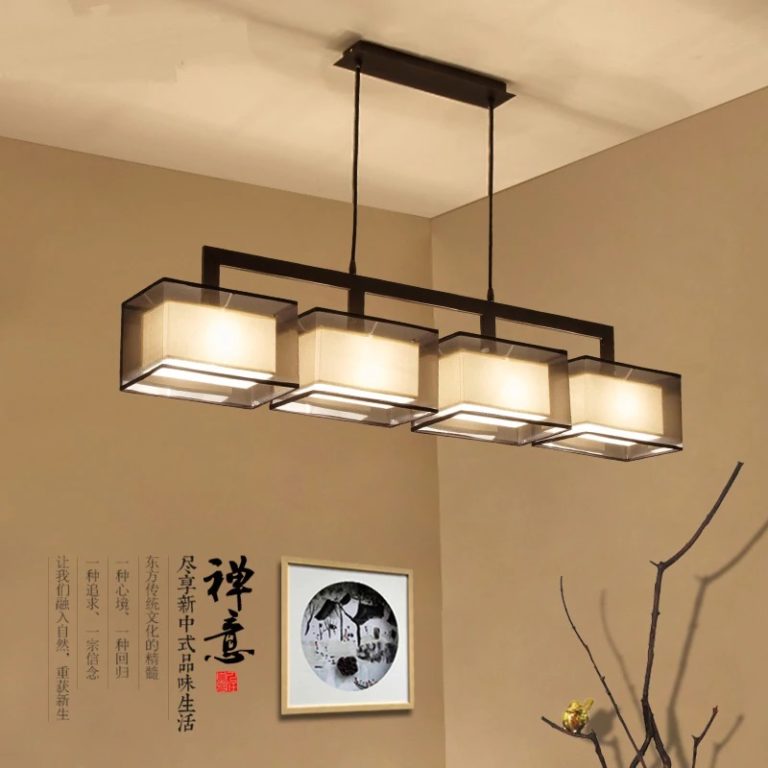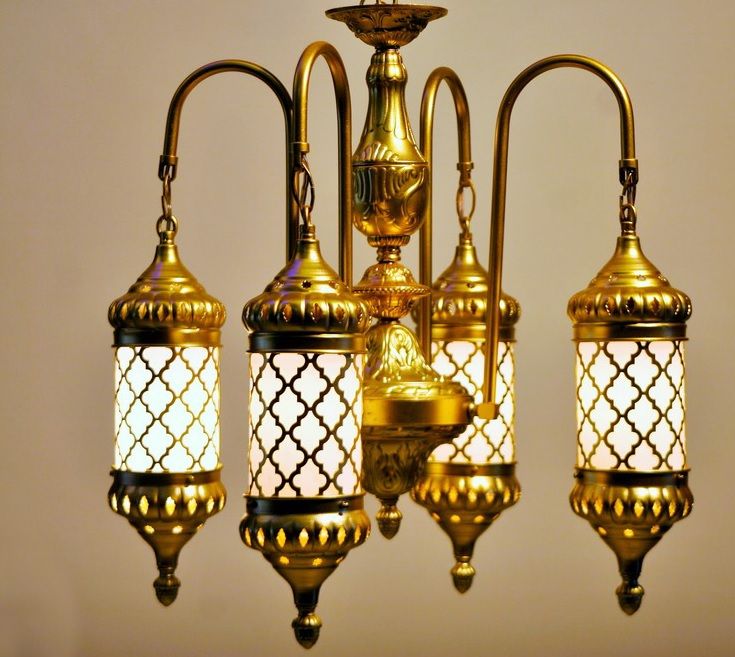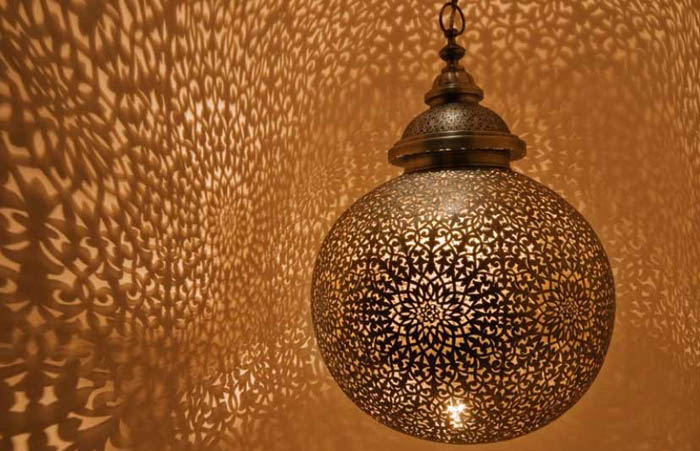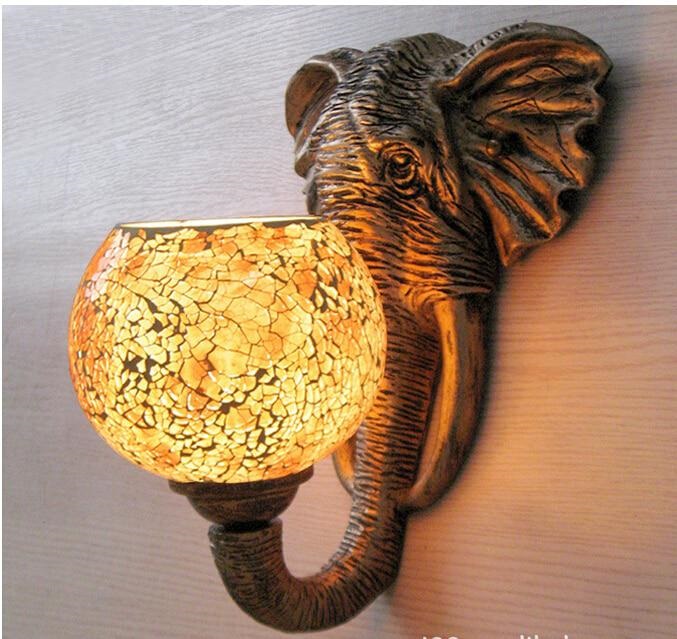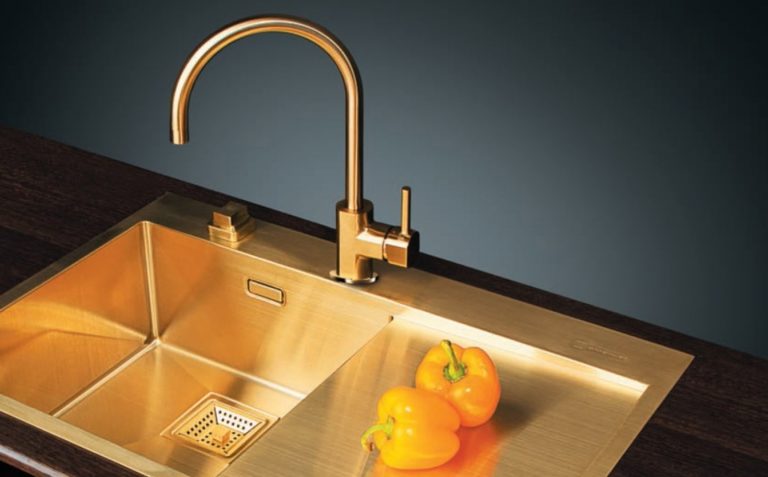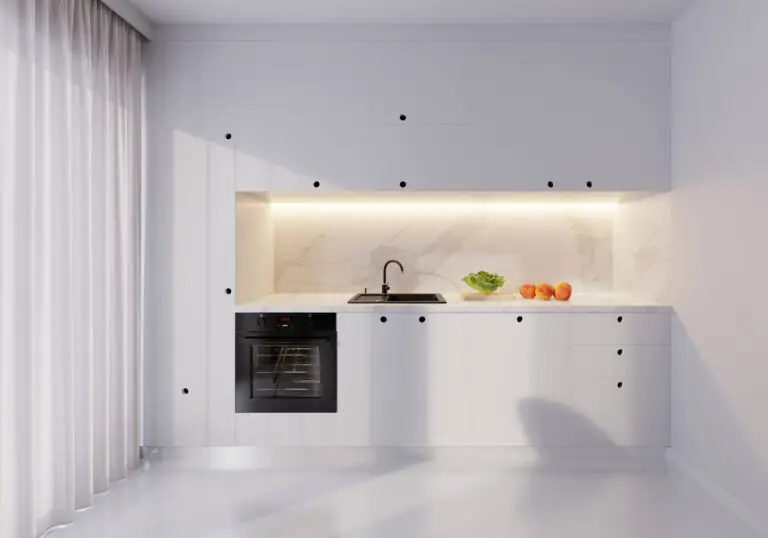
The bright and colorful world of the East fits perfectly into the interiors of modern apartments and houses, bringing in something that is so lacking for a modern person – the richness of colors, tastes, rich sensations.
Types and features oriental style
Having made the decision to design a kitchen in an oriental style, you must first understand which kind of Orient style is closer and more attractive for you:
Designers conditionally divide the eastern style into Arabic and Asian, which have their own characteristics. However, in general, the oriental style in the kitchen can be identified using the following design tips:
1.Use only bright, natural colors. Shades of brown and green are given priority. As the necessary tonal accents are applied:
2. Creating an oriental style, the kitchen can be rebuilt using architectural changes:
3. Natural decoration materials help maintain the unforgettable spirit of the East. And although each country has its own approach to decorating walls, floors and ceilings, oriental style implies high quality materials and subtlety of work.
You can apply wallpapers, paints, etc. on walls and see how they look in various interiors.
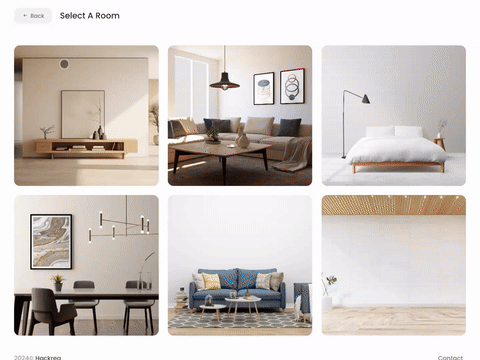
Oriental style kitchen design: general trends
The Asian interior is more restrained in color, texture, while the Arabic is luxurious and bright. The design direction should be chosen based on the area of the kitchen: the smaller the room, the more calm the interior should be.
Oriental-style ceiling can be designed in different ways:
The flooring most often chosen is floorboards, laminate or porcelain stoneware. In ethnic interiors, the color of the floor is usually darker than the walls and furniture.
Having studied the proposed bright and colorful photos, the design of the kitchen in the oriental style can be developed independently. In this case, it must be taken into account that special solutions for covering the walls will contribute to the creation of a characteristic oriental atmosphere and unique interior. For example, use the following materials:
It is about the tile that provides many design possibilities, I must say more in separate paragraph.
Different oriental style kitchen tiles
The interior of the kitchen in an oriental style, it is unthinkable without ceramic tiles. Strong tile is used for:
However, it is necessary to select the tiles in accordance with the general idea of the design of the kitchen space.
Japan and China
Ideal collections of tiles that mimic the rough surface of rice paper or bamboo weaving, straws. For the design of kitchen walls, you can use large ceramic tiles that create the impression of wooden panels. Another option is to decorate the work area with tiles depicting chrysanthemums, sakura blossoms or with hieroglyphs that indicate good wishes.
The color scheme of the tile is restrained, soft. Natural shades of brown, beige and green are preferred. In the Chinese interior, the presence of red and gold shades is mandatory, in Japanese, the black color will add an interesting touch.
Morocco
Without tiles, an interior in the spirit of Morocco is simply impossible. Ceramic coating can be selected to match the color scheme of the room and furniture, tiles are available in different color combinations, you can choose:
National patterns are of no small importance, in different collections are presented:
Arab ceramic coatings are available in different sizes, a tiny iridescent mosaic zelij tile with a size of 6×6 cm looks interesting and elegant.Another great option for a kitchen decor is the design of a backsplash with patchwork tiles, which are easy to assemble due to the horizontal and vertical combination.
Turkey
For decorating surfaces with ceramic tiles, you can use traditional patterns “Turkish cucumber” or floral ornaments. For a more relaxed interior, artificially aged small stone mosaic tiles are suitable.
To make the kitchen look Turkish, it is preferable to use ceramic collections in such colors:
India
The richness of the range is simply amazing, therefore, in a modest-sized kitchen with Indian-style tiles, it is enough to finish only a small part of the wall.
Of the shades in Indian culture, the most popular are:
Furniture & Accessories
Any ethnic style of the East requires appropriate furniture accompaniment. Natural wood products, as well as bamboo, rattan, fit perfectly. It should be noted that the Asian direction gravitates to simple geometric, slightly mundane forms of furniture. The kitchen part can be white, red or black, matte products look good, the dining room is made in tone of bamboo, the dining table is decorated with a glass insert.
The Arabic version of the style allows you to order a kitchen set made of expensive wood or high-quality imitation, decorate it with forged or enamel inserts, intricate carvings, stained glass windows. Instead of chairs, you can put low couches in the dining area.
Oriental-style cuisine is necessarily decorated with a variety of decor items.
Variety of choices: oriental chandeliers for the kitchen
Having decided on the style direction of the kitchen interior, you can proceed with the selection of lighting devices, given that it is necessary to illuminate the following kitchen areas:
For convenience, LED lamps are integrated into the furniture, their edging should correspond to the general style of the room.
The oriental-style kitchen is equipped with LED spots – they are suitable for some oriental interiors, but they should be chosen carefully so that the shape and color of the lighting fixtures coincide with the overall design.
The central chandelier fits perfectly into any oriental style, and wall LED spot will help create cozy lighting in different kitchen areas.
Manufacturers offer a diverse collection of fixtures, conditionally highlighting the following areas:
1. Chinese – most often have the shape of a ball, preference is given to red with gold accents. A great option is to hang over the dining area lamps made of corrugated paper with impregnation.
2. Japanese lighting fixtures are rectangular, the frame is made of wood or plastic, covered with processed paper or frosted glass inserted.
3. Moroccan lamps immediately bring an oriental touch for the interior. Brass fixtures have a slightly elongated spherical shape resembling minarets. Often decorated with glass mosaics, embossed, carved. If the lamps are small, they are suspended on thin chains of several pieces in a row. A large lamp looks great, creating a visual center of the kitchen.
4. Turkish and Arabic lighting fixtures may have a cylindrical or round shape. They are made of forged metal or gilded, decorated with crystal pendants, curls, woven fabric. They can be placed singly or multiple. Ceramic lamps decorated with carvings look interesting – beautiful inserts make them more light and elegant. The Arabic version of the oriental style is perfectly supported by luxurious multi-track curved chandeliers with glass elements. Another interesting option is a chandelier with a fan, while the blades should be painted in the tone of the furniture.
5. Indian fixtures are made: from glass, representing a multi-colored small mosaic; silver plated brass with embossed; with woven lampshades on stands made with elephants print and other animals. The shape of the lighting fixtures varies from rectangular to round. Therefore, luminaires must be practical in operation. It is preferable to choose plastic, metal or glass products that are easy to wash and dry. Ceramic coatings most often depict national floral and geometric patterns, as well as flowers and elephants.
The technical aspect of oriental cuisine
To maintain the unity of style in the ethnic interior, it is necessary to choose the right taps. In any oriental design copper or bronze taps can look great, a light patina coating enhances the impression of antiquity.
As a kitchen sink, it is better to choose stone, marble or copper products of a round shape.
Modern kitchen appliances look like an unnecessary guest in a kitchen decorated in an exquisite oriental style. Therefore, it is desirable to place the necessary equipment so that it is hidden from view (in drawers, behind cabinet doors).

